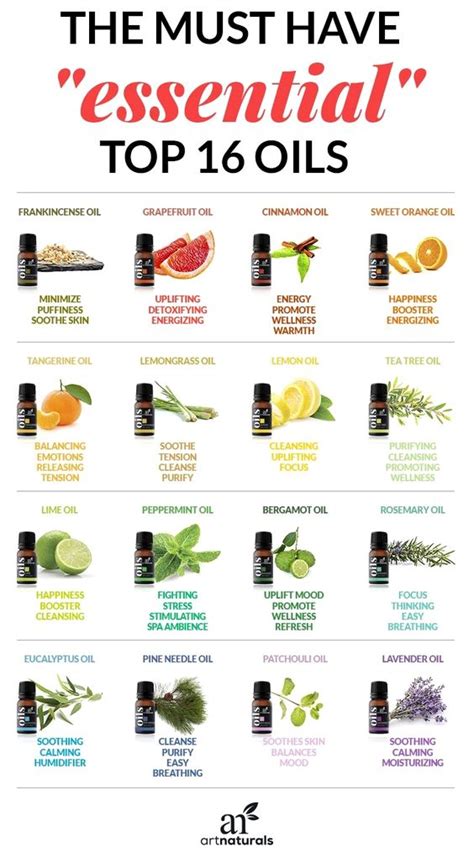Blending essential oils with base oils is a fundamental practice in aromatherapy. Base oils, also known as carrier oils, act as the diluent for concentrated essential oils, allowing them to be applied safely to the skin and making them more pleasant to use. Choosing the right base oil is crucial to maximize the benefits of essential oils while ensuring a safe and enjoyable experience.

Key Considerations When Selecting a Base Oil
- Absorption rate: Base oils vary in their ability to penetrate the skin. Oils with a higher absorption rate, such as grapeseed or jojoba oil, are suitable for deep tissue massage or quick absorption.
- Comedogenicity: This refers to the tendency of oil to clog pores and cause breakouts. Oils with a low comedogenic rating, such as argan or almond oil, are ideal for sensitive or acne-prone skin.
- Scent: Some base oils have a distinct scent that can complement or interfere with the aroma of essential oils. Neutral-scented oils, such as coconut or sunflower oil, are recommended for use with a wide range of essential oils.
10 Best Base Oils for Essential Oils
1. Coconut Oil (Caprylic/Capric Triglyceride)
- Absorption rate: Moderate
- Comedogenicity: Low
- Benefits: Nourishing, moisturizing, antibacterial, antifungal
2. Grapeseed Oil (Vitis Vinifera Seed Oil)
- Absorption rate: High
- Comedogenicity: Low
- Benefits: Rich in antioxidants, anti-inflammatory, helps improve skin elasticity
3. Sweet Almond Oil (Prunus Amygdalus Dulcis Oil)
- Absorption rate: Moderate
- Comedogenicity: Low
- Benefits: Gentle, hypoallergenic, rich in vitamins A, E, and fatty acids
4. Argan Oil (Argania Spinosa Kernel Oil)
- Absorption rate: Moderate
- Comedogenicity: Low
- Benefits: High in antioxidants, nourishes and regenerates skin, anti-aging
5. Jojoba Oil (Simmondsia Chinensis Seed Oil)
- Absorption rate: High
- Comedogenicity: Low
- Benefits: Mimics the skin’s sebum, deeply hydrating, anti-inflammatory
6. Avocado Oil (Persea Gratissima Oil)
- Absorption rate: Moderate
- Comedogenicity: Low to moderate
- Benefits: Rich in vitamins A, D, E, and fatty acids, deeply moisturizing, anti-aging
7. Apricot Kernel Oil (Prunus Armeniaca Kernel Oil)
- Absorption rate: Moderate
- Comedogenicity: Low
- Benefits: Gentle, nourishing, helps reduce redness and inflammation
8. Hazelnut Oil (Corylus Avellana Seed Oil)
- Absorption rate: Moderate
- Comedogenicity: Low
- Benefits: Rich in antioxidants, anti-inflammatory, helps tighten skin
9. Olive Oil (Olea Europaea Fruit Oil)
- Absorption rate: Moderate to low
- Comedogenicity: Low to moderate
- Benefits: Rich in antioxidants, anti-inflammatory, deeply moisturizing
10. Sunflower Oil (Helianthus Annuus Seed Oil)
- Absorption rate: Moderate to low
- Comedogenicity: Low to moderate
- Benefits: Neutral scent, inexpensive, rich in vitamins A, D, and E
Step-by-Step Guide to Diluting Essential Oils
- Choose a base oil: Select an oil that suits your skin type and the desired application.
- Determine the dilution ratio: For general use, a 2-5% dilution is recommended. For topical applications on sensitive areas, a 1% dilution may be more appropriate.
- Calculate the amount of essential oil to add: Multiply the volume of base oil by the desired dilution percentage. For example, to create a 2% dilution in 10 ml of base oil, use (10 ml x 0.02) = 0.2 ml of essential oil.
- Mix thoroughly: Add the essential oil to the base oil and stir or shake until fully combined.
Creative Applications for Base Oils
In addition to their use as carriers for essential oils, base oils can be used in a variety of other applications:
- Body moisturizer: Blend base oils with essential oils of your choice for a personalized and nourishing body lotion.
- Bath oil: Add base oils to a warm bath to create a relaxing and aromatic experience.
- Hair conditioner: Apply base oils to hair as a deep conditioning treatment to soften and hydrate.
- Massage oil: Combine base oils with essential oils to create a soothing and invigorating massage experience.
